ADHD is one of the most prevalent neurodevelopmental disorders, but access to timely and efficient treatment continues to be significantly lacking. Diagnoses have been at a record high lately, it’s time we reconsider how we define, understand and manage the condition.
At the recent World Congress on ADHD in Prague, Mikkel Hansen, our Medical Director, along with Ragini Sanyal, Head of Clinical Research, took the stage to explore an issue central to modern clinical practice: how to reduce uncertainty and creating efficiency in ADHD care through digital technology.
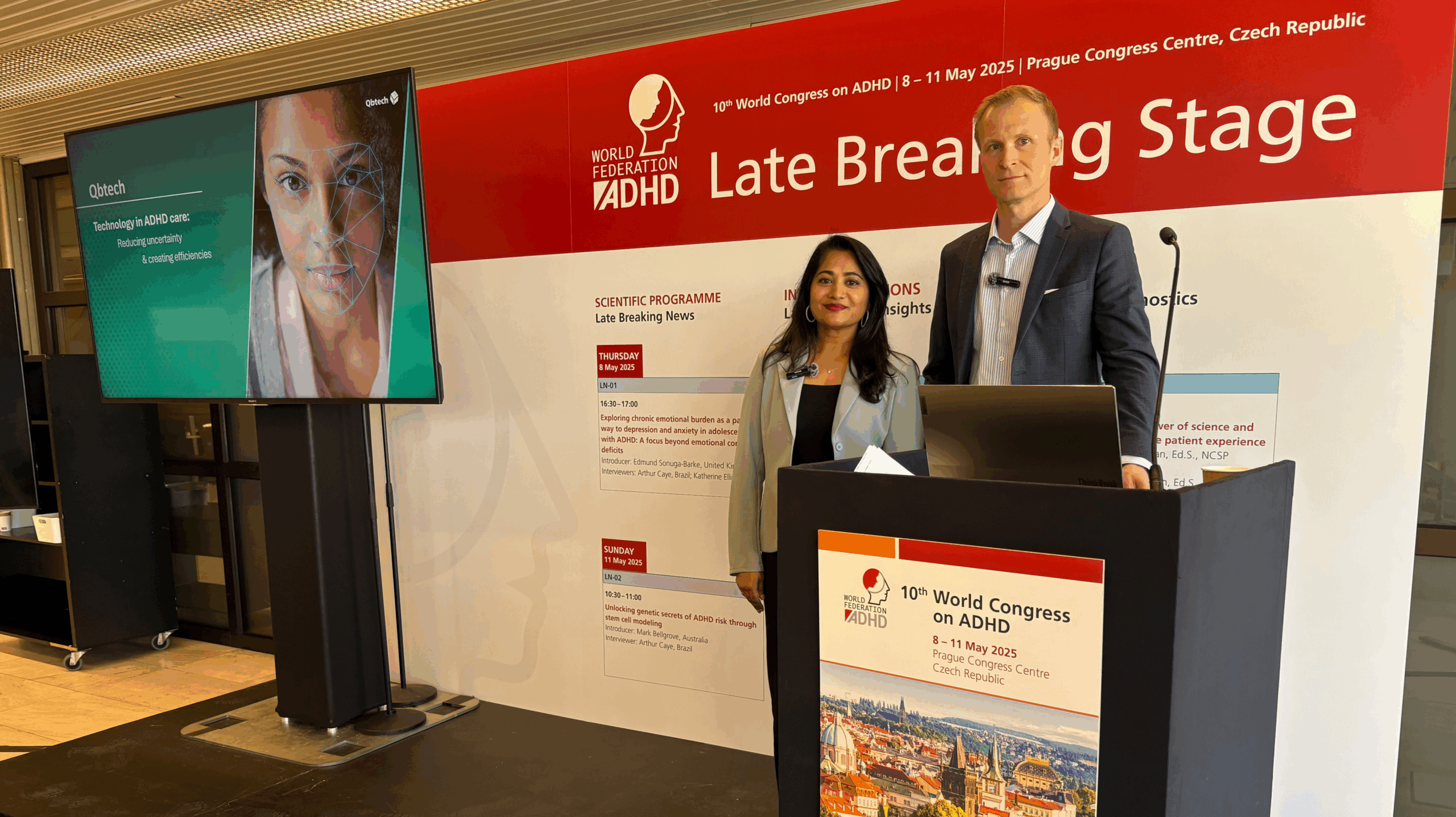
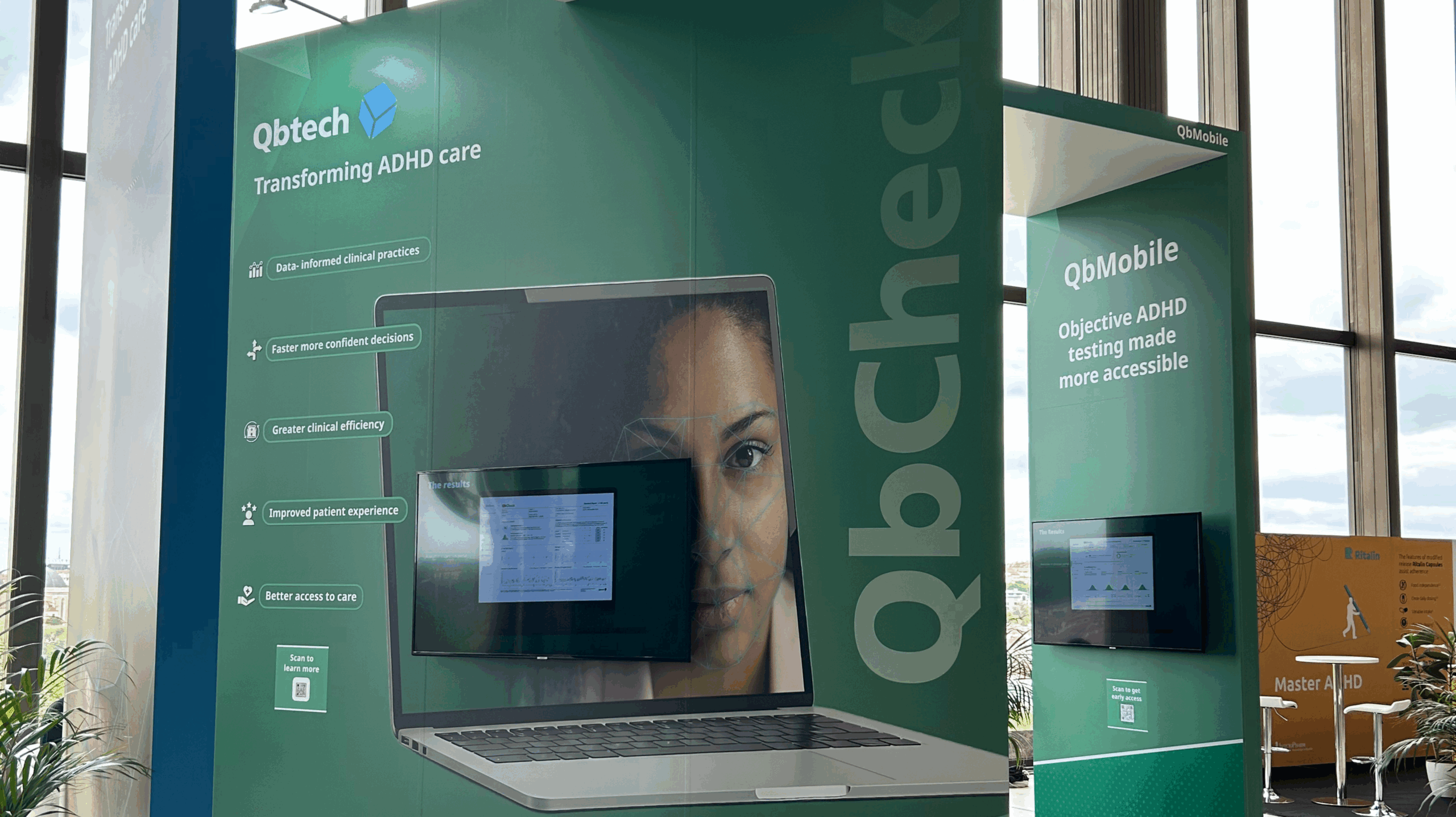




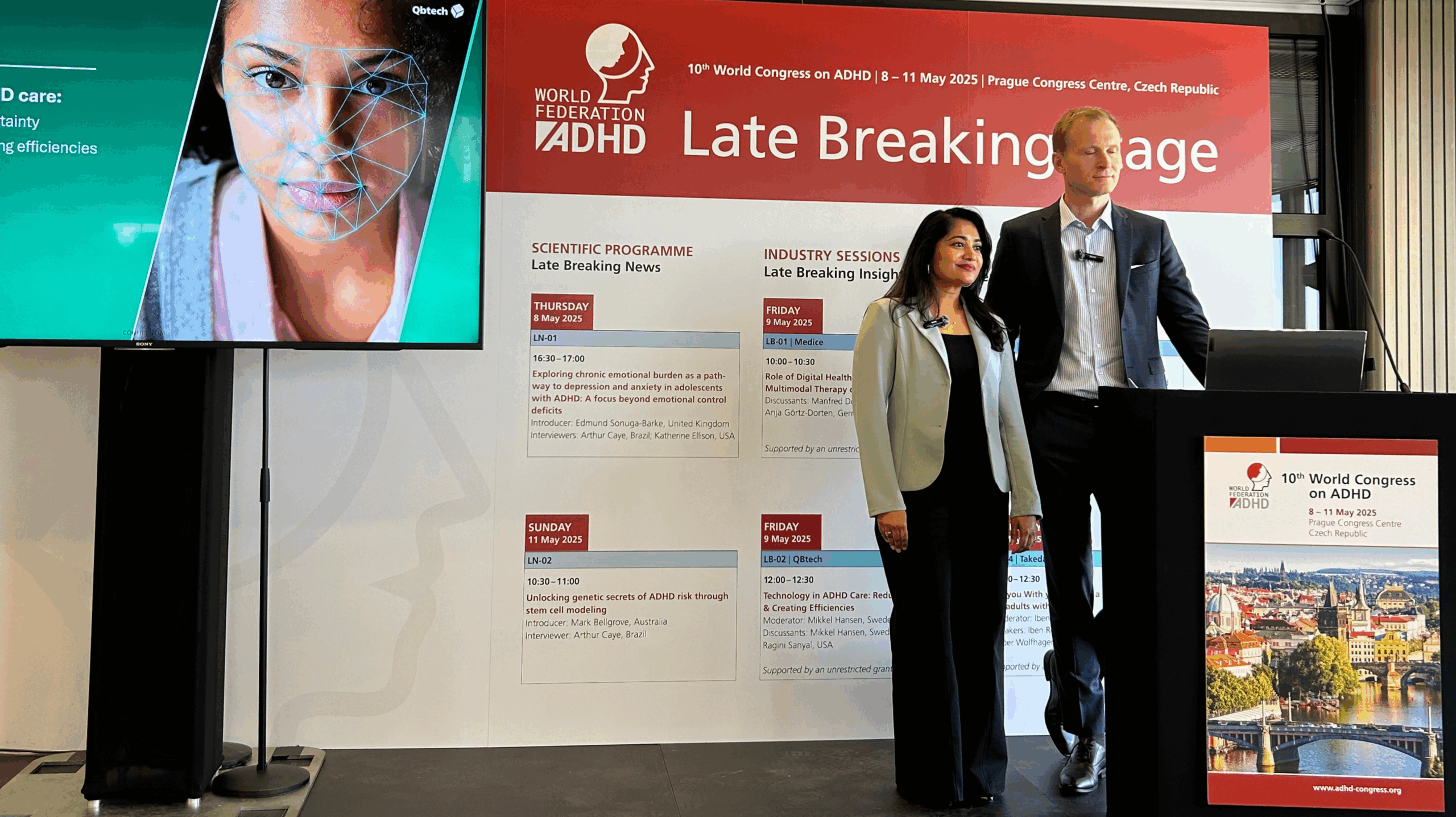
Uncertainty in the current ADHD space
The burden of efficient testing and treatment for ADHD is significant. Families often find themselves navigating long and complex pathways even for initial evaluation. Clinicians, meanwhile, are managing increasing caseloads with limited time and resources. This strain causes frustration for everyone involved. Parents, family members, and patients feel unheard, while healthcare providers feel unable to offer the level of care they aim to provide.
A delayed ADHD diagnosis is not just an administrative problem. It can have serious consequences for patients. Without early identification and support, children may fall behind academically, face behavioral challenges, social struggles, and experience low self-esteem. For adults living with undiagnosed ADHD, unmanaged symptoms can negatively impact work performance, relationships, and one’s own mental health.
Studies show that delayed diagnoses are associated with higher rates of mental health issues, increased need for emergency services, and specialized care pathways.
In many regions, there is a lack of effective ADHD care options. Limited number of trained professionals, unregistered tools, lack of data-backed research, and societal stigma increase uncertainties in the current landscape. ADHD assessments are time-consuming, often involving multiple appointments, detailed interviews, rating scales, and other subjective measures. Yet with general practitioners, pediatricians, and mental health specialists already overextended, there simply aren’t enough resources to meet growing demands.
These disparities highlight the importance of establishing a standardized diagnosis and treatment process for ADHD globally.
Objective solutions to reduce uncertainty in ADHD care
Objective ADHD tools, like QbCheck, that capture real-time data on attention, impulsivity, and hyperactivity provide an additional layer of insight for clinicians. They aid in validating clinical decisions with objective evidence, reducing diagnostic uncertainty and supporting more confident, timely decision-making.
Objective measures don’t replace clinical judgement, rather they enhance it. They are a way to double-check subjective reports, better differentiate ADHD from comorbid conditions, and monitor treatment response over time.
To reduce uncertainty, we don’t need to overhaul the diagnostic consensus or increase clinician workload. We simply need complete, reliable, and timely data. Objective ADHD technology and digital platforms, like QbCheck are designed to:
- Automate the collection of rating scales and structured interviews
- Provide objective measurements of hyperactivity, impulsivity, and inattention
- Streamline pre-assessment processes
- Reduce time to diagnosis without compromising quality
Platforms like QbCheck come with simple, easy-to-interpret reports. They aid clinicians in communicating results to patients and their families with a clear, visual format, reinforcing trust in the ADHD care journey.
Moreover, technology supports diagnostic consistency across teams and sites. Standardized benchmarks and structured protocols reduce variability in diagnosis and improve continuity of care.
“In a climate where clinicians are facing growing pressure to work faster without sacrificing accuracy, reducing uncertainty isn’t just a ‘want’ but is a necessity. And with the right technology, it’s within reach.”
Ragini Sanyal
Head of Clinical Research, Qbtech
Creating efficiencies in ADHD diagnosis and treatment
We know that virtual platforms, standardized digital tests, and structured reporting systems streamline the ADHD diagnostic process. Streamlined clinical processes give cause to efficient patient care delivered. With demand for ADHD services rising globally, finding smarter, more scalable ways to assess and manage patients is essential. Technology plays a pivotal role in making this shift possible.
One of the most impactful innovations is the move toward structured, pre-assessment workflows. Clinics can frontload essential information gathering, be it rating scales or patients' medical history, before the first appointment. This reduces duplication, simplifies conversations, and ensures that when a patient walks through the door, the clinician is equipped to begin the diagnostic process.
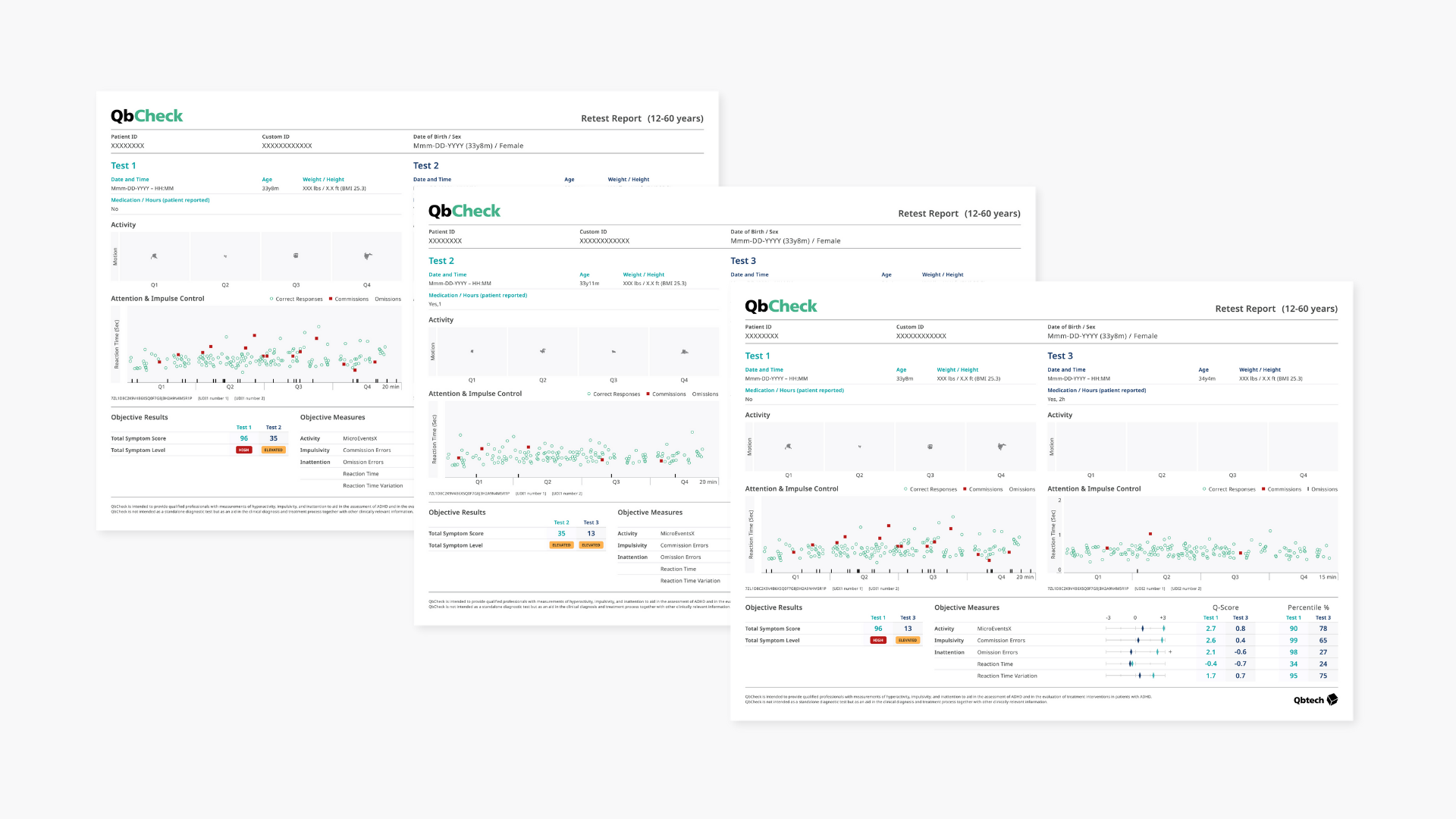
With clearer, evidence-based data available early in the process, clinicians can better identify those patients who need urgent care and those who can be managed through alternative or stepped-care approaches. Overall, better outcomes for patients and more manageable caseloads for clinical teams can be expected.
These small changes add up to significant time savings, especially for overburdened NHS teams managing long waitlists. By improving compliance and completion rates, digital platforms can help clinicians move through assessments more efficiently.
The future of ADHD assessment and patient journey
The path forward is clear. Adopting a technology-first approach and embracing innovation that puts clinicians and patients at the center is the only way we can evolve ADHD care effectively.
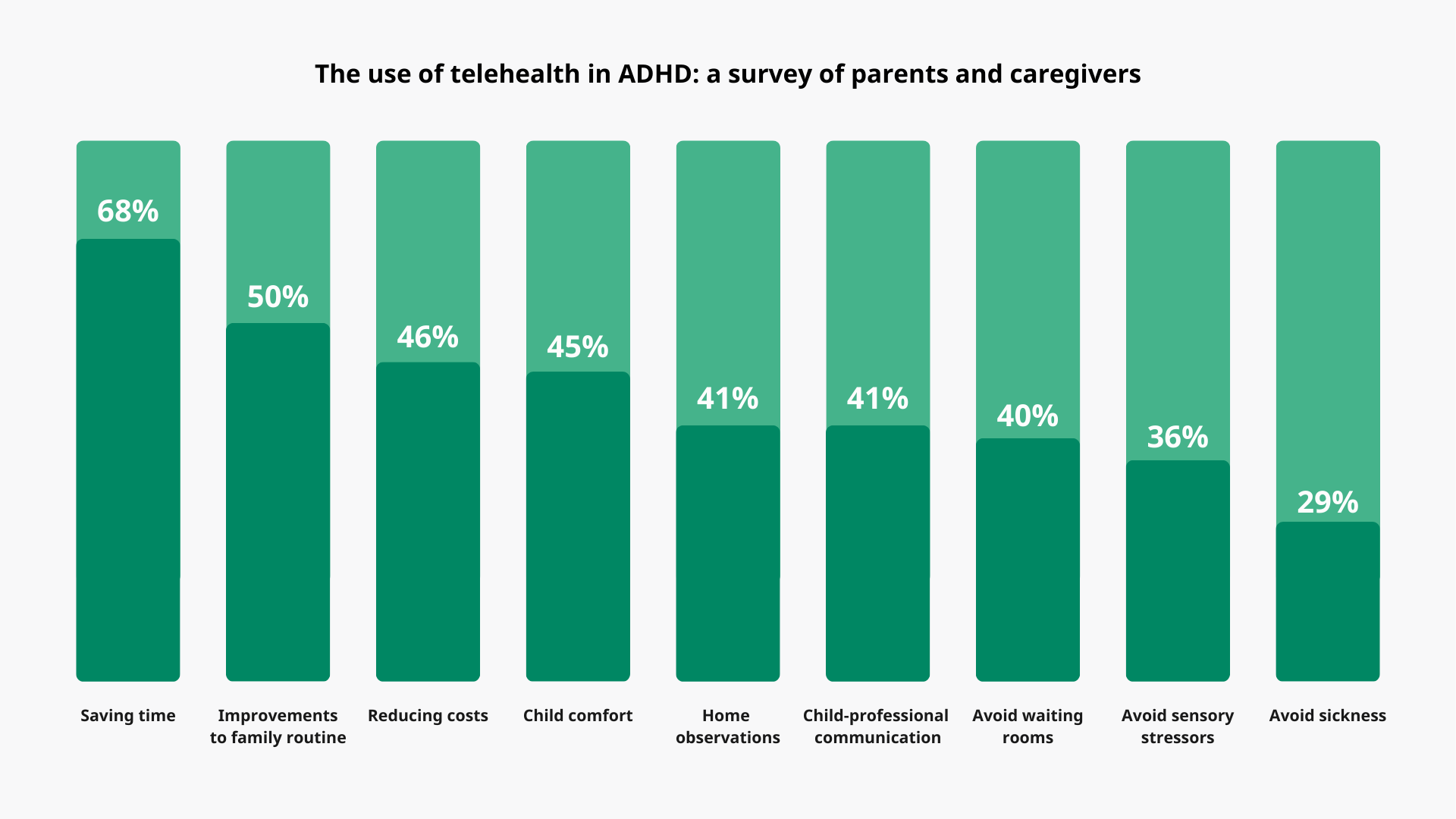
Objective, scalable tools can fill long-standing gaps in assessment, reduce delays, and create a more consistent, evidence-based experience for everyone involved. This requires collaboration between not only objective and subjective methods but also between clinicians, innovators, medical researchers, and policymakers. We must, as a society striving towards positive change, look for digital systems that are not only clinically robust, but also practical and accessible to those who need them most.
